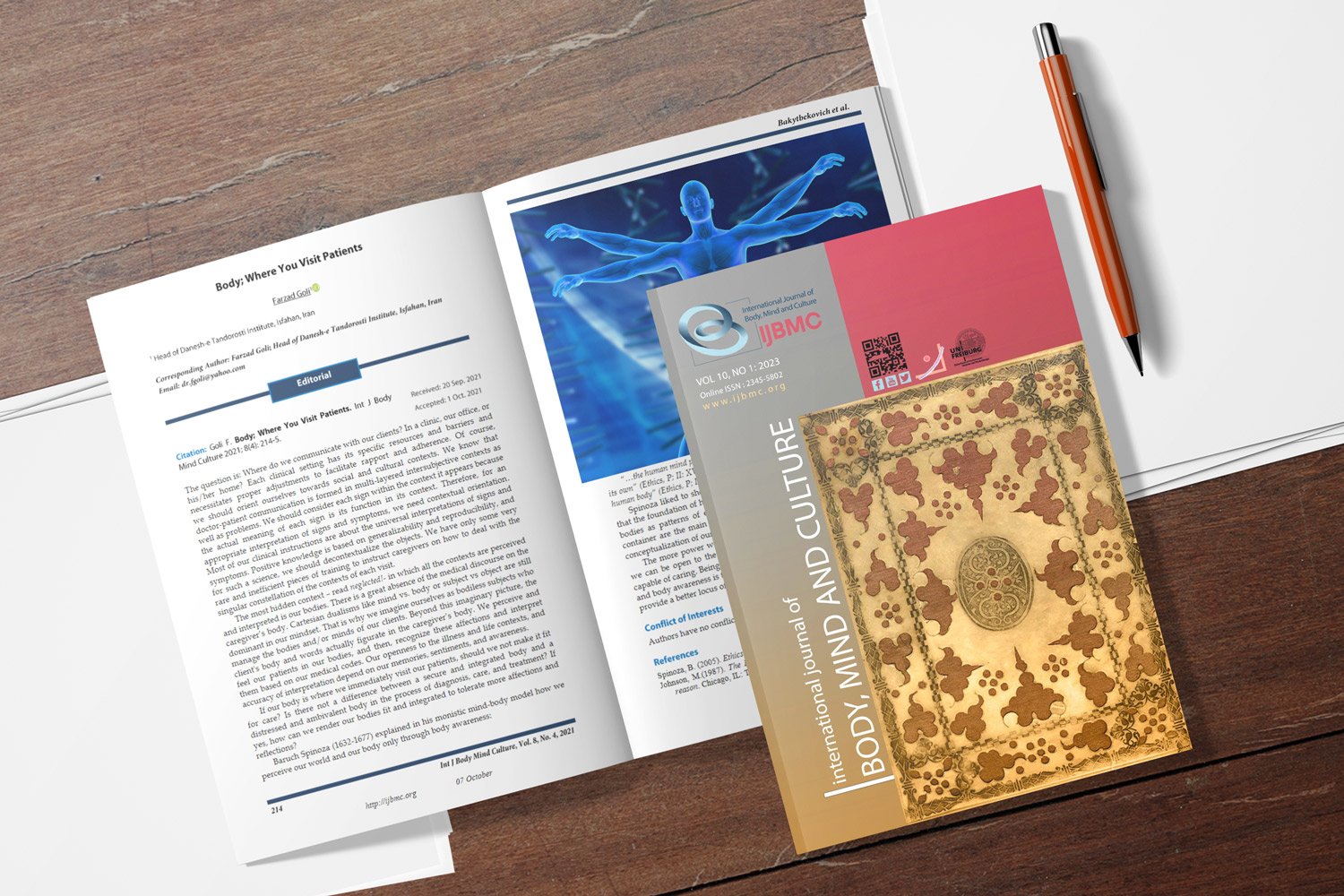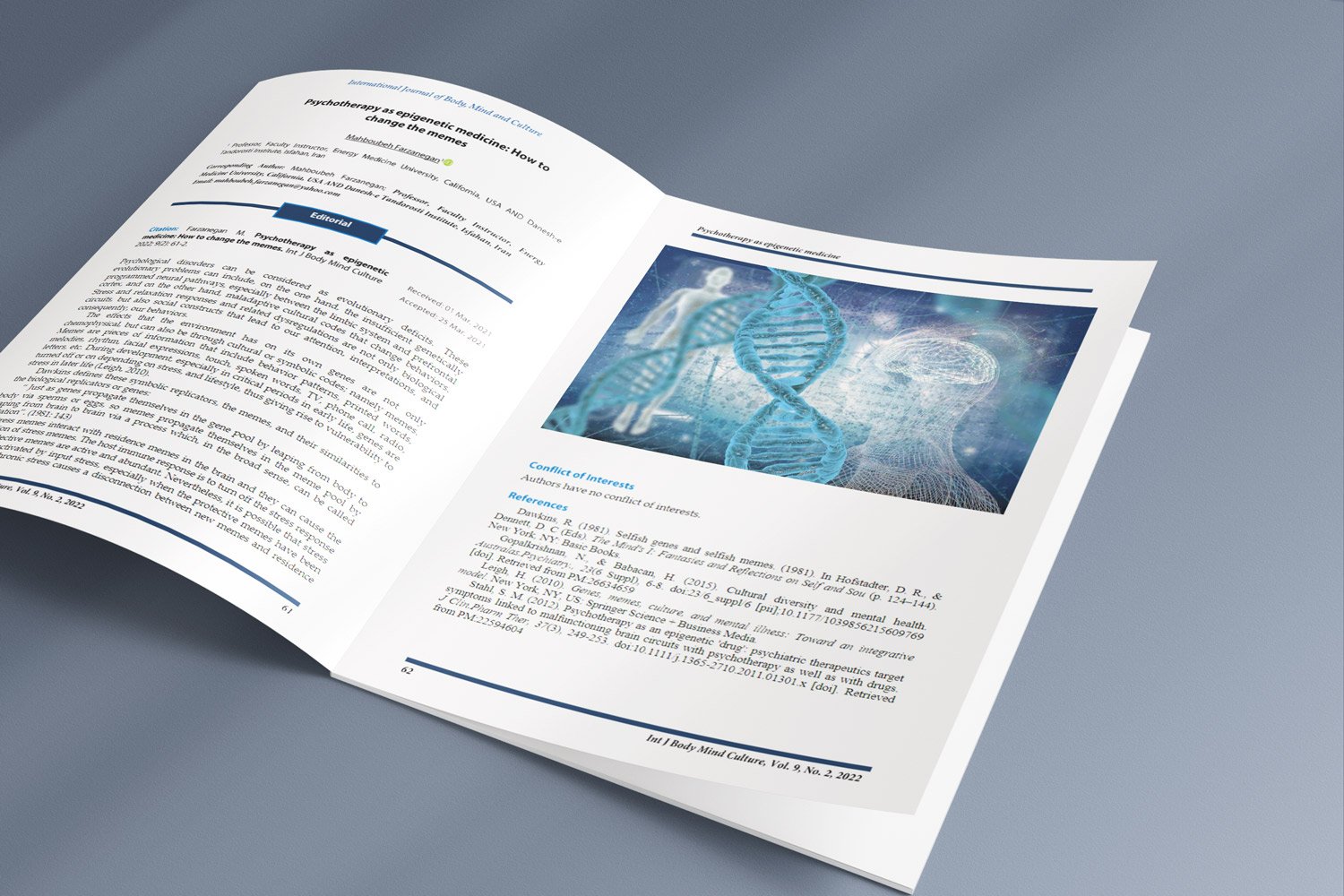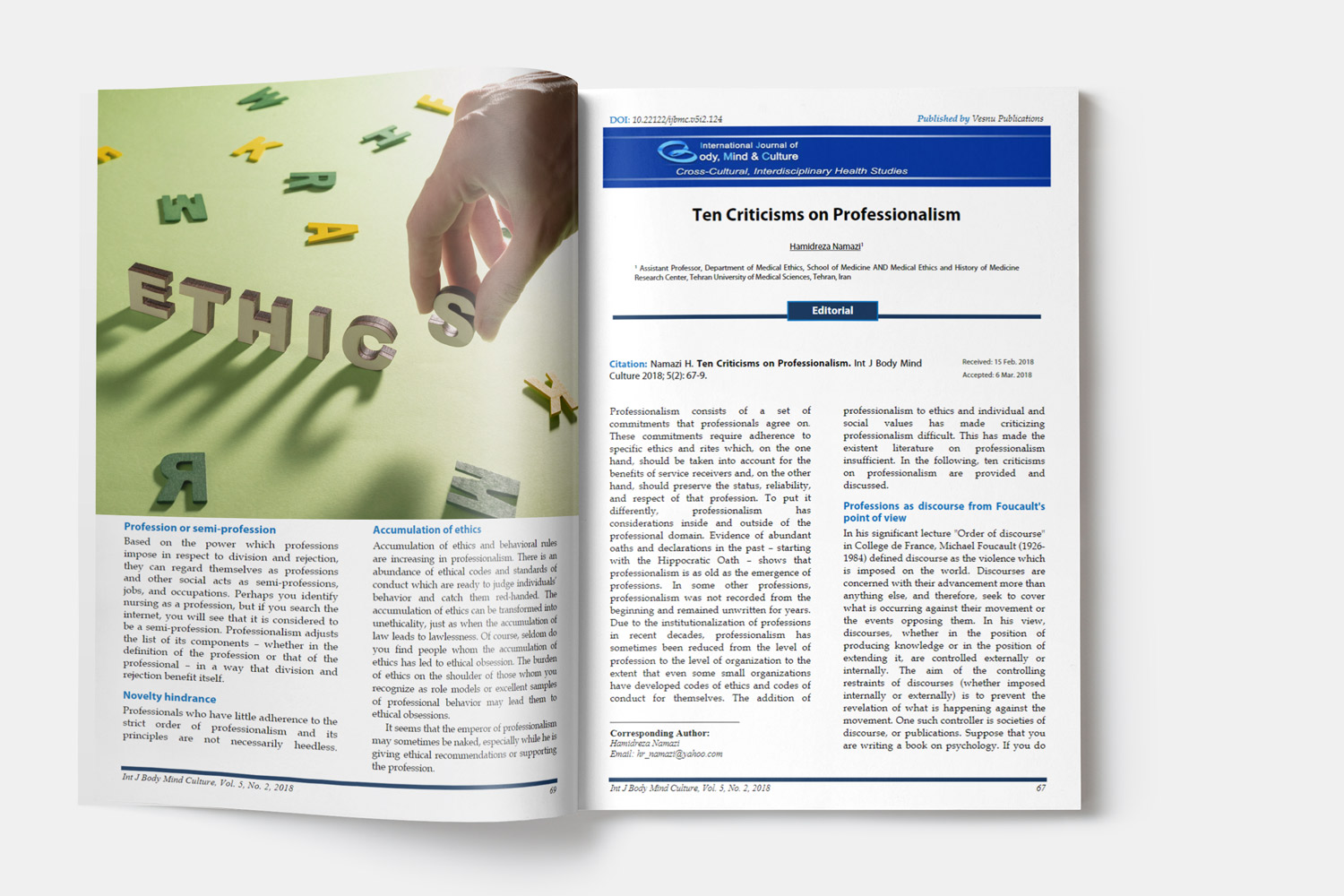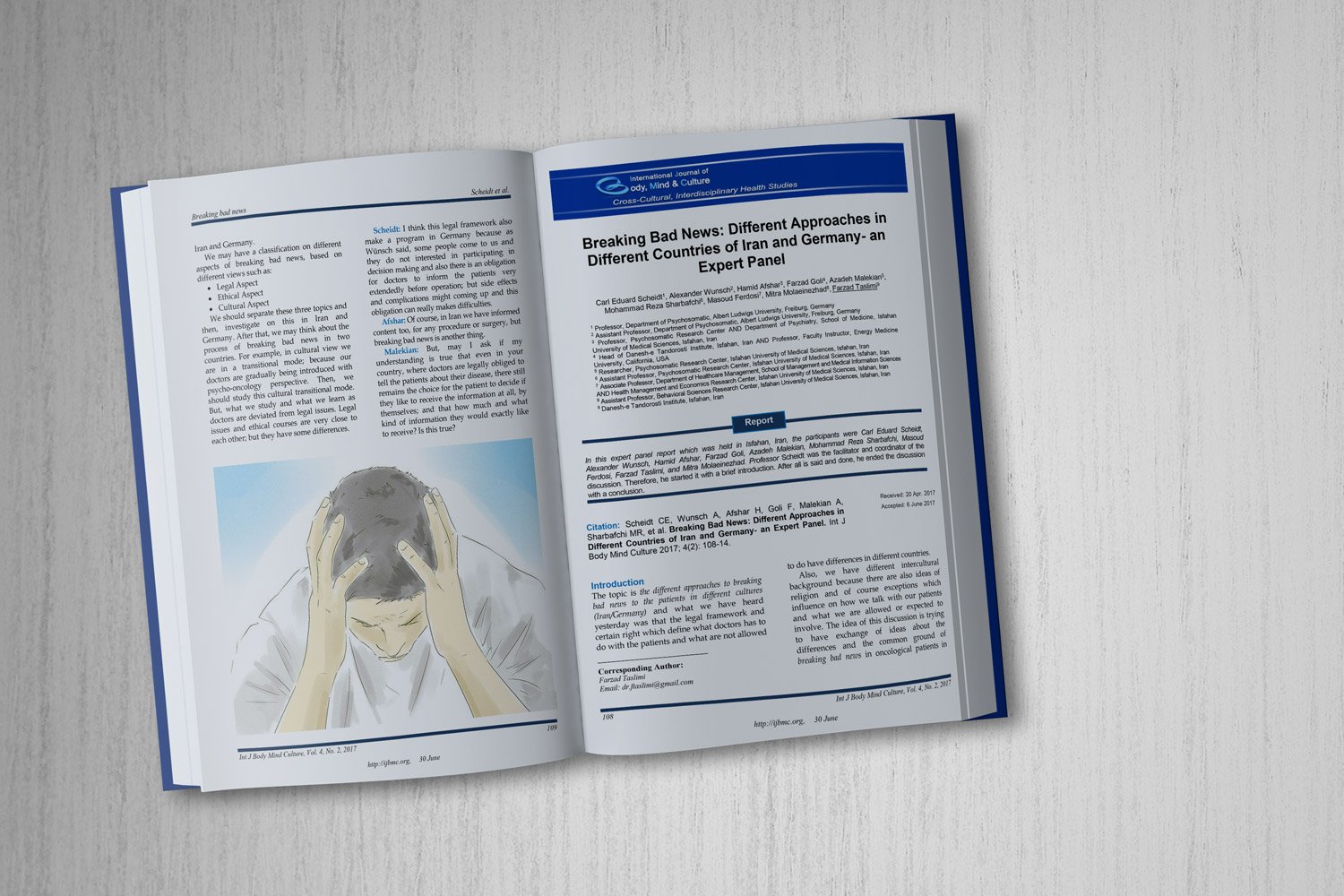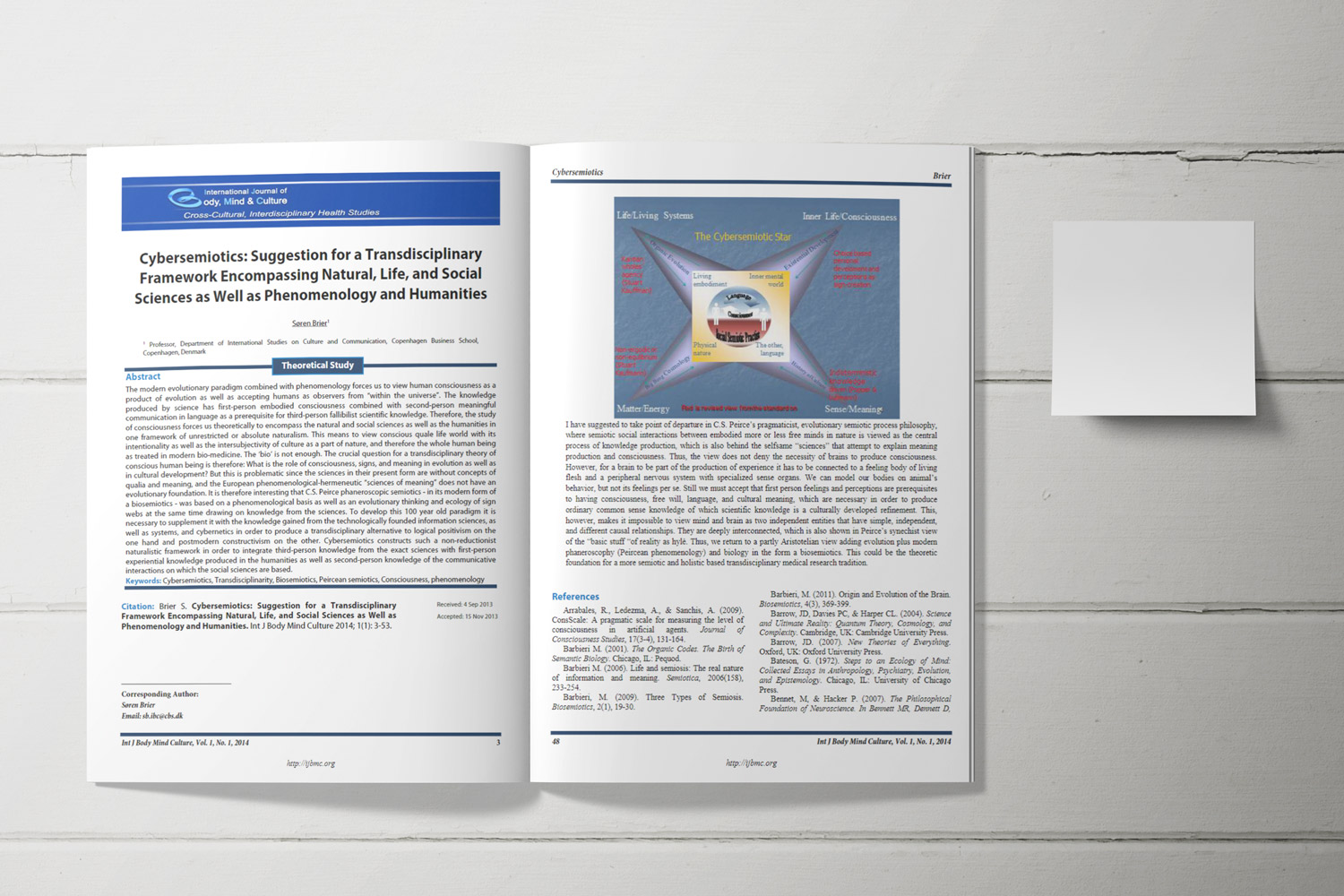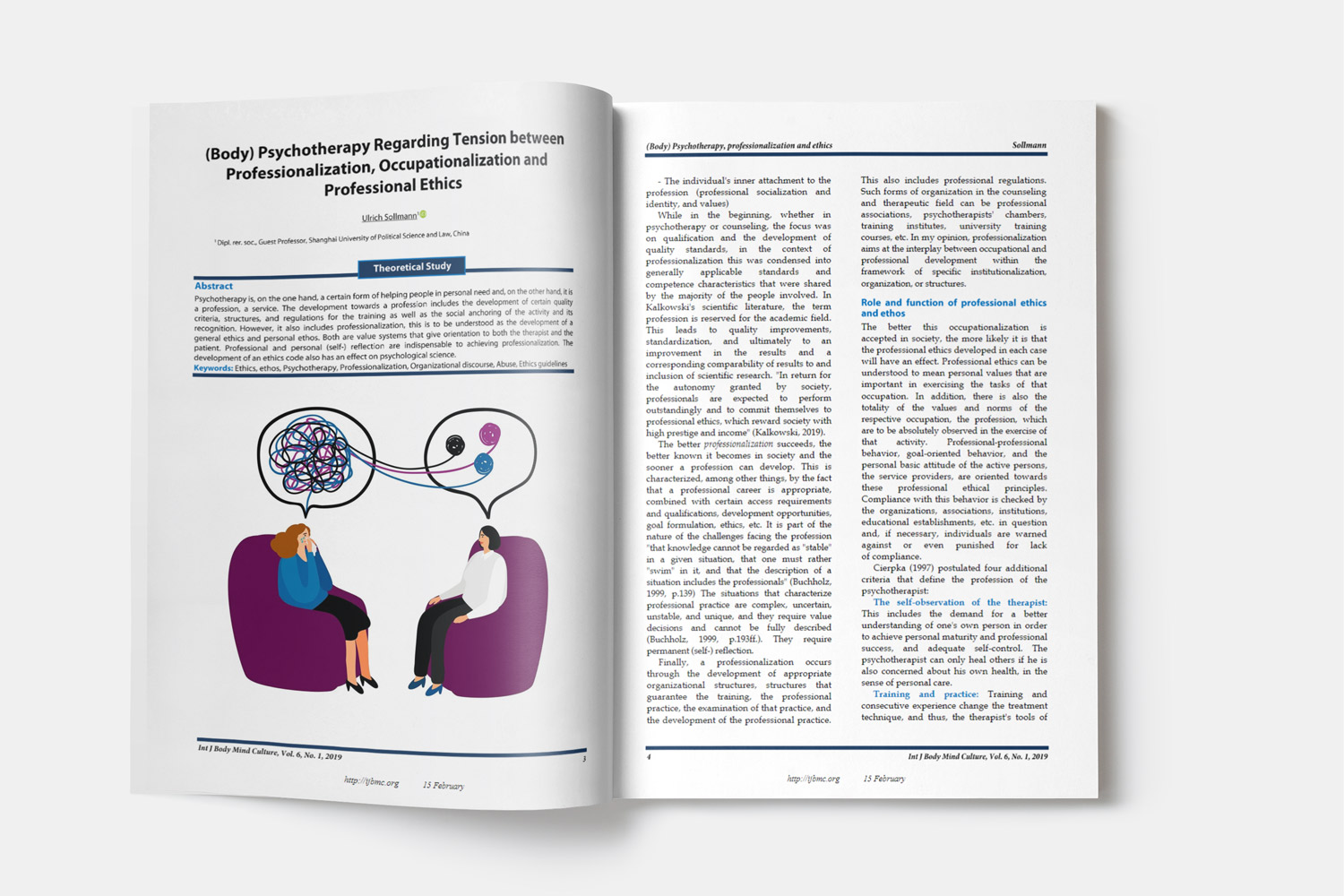Emotional Flexibility as a Mediator between Love Styles and Self-Compassion: A Multi-Group SEM of Divorcing and Non-Divorcing Women
Downloads
Objective: This study aimed to examine and compare the structural relationship between love styles and self-compassion mediated by emotional flexibility in divorcing and non-divorcing women.
Methods and Materials: Using a correlational research design based on structural equation modeling (SEM), the study was conducted on 400 women (200 divorcing and 200 non-divorcing) selected through multistage cluster sampling from counseling centers across Tehran in 2024. Instruments included the Self-Compassion Scale (Neff, 2003), the Triangular Love Scale (Sternberg, 1986), and the Emotional Flexibility Scale (Fu et al., 2018). Data were analyzed using SPSS v26 and AMOS v24. Bootstrapping was used to test mediating effects, and structural weights were compared between groups.
Findings: The proposed model had good fit indices in both groups. In divorcing women, passion and commitment had significant direct effects on emotional flexibility, while intimacy and passion influenced self-compassion. In non-divorcing women, all love components (intimacy, passion, and commitment) significantly predicted both emotional flexibility and self-compassion. Emotional flexibility significantly mediated the relationship between love styles and self-compassion in both groups, with stronger effects observed among non-divorcing women. The final model explained 89% and 62% of the variance in self-compassion for divorcing and non-divorcing women, respectively.
Conclusion: Emotional flexibility serves as a key psychological mechanism linking romantic love patterns to self-compassion. The findings underscore the importance of emotional regulation capacities in fostering compassion and resilience in the context of romantic relationships, especially in women facing marital transitions.
Downloads
Bowlby, J. (1969). Attachment and loss. Random House. https://timothydavidson.com/Library/Books/Bowlby-Attachment/ATTACHMENT_AND_LOSS_VOLUME_I_ATTACHMENT.pdf
Boykin, D. M., Himmerich, S. J., Pinciotti, C. M., Miller, L. M., Miron, L. R., & Orcutt, H. K. (2018). Barriers to self-compassion for female survivors of childhood maltreatment: The roles of fear of self-compassion and psychological inflexibility. Child Abuse & Neglect, 76, 216-224. https://doi.org/10.1016/j.chiabu.2017.11.003
Cassidy, J. (1994). Emotion regulation: Influences of attachment relationships. Monographs of the society for research in child development, 59(2-3), 228-249. https://doi.org/10.2307/1166148
https://doi.org/10.1111/j.1540-5834.1994.tb01287.x
Chau, R. F., Sawyer, W. N., Greenberg, J., Mehl, M. R., & Sbarra, D. A. (2022). Emotional recovery following divorce: Will the real self-compassion please stand up? Journal of Social and Personal Relationships, 39(4), 996-1022. https://doi.org/10.1177/02654075211047238
Chishima, Y., Mizuno, M., Sugawara, D., & Miyagawa, Y. (2018). The influence of self-compassion on cognitive appraisals and coping with stressful events. Mindfulness, 9(6), 1907-1915. https://doi.org/10.1007/s12671-018-0933-0
Cohen, J. (1992). Statistical power analysis. Current directions in psychological science, 1(3), 98-101. https://doi.org/10.1111/1467-8721.ep10768783
Collins, N. L., Kane, H. S., Metz, M. A., Cleveland, C., Khan, C., Winczewski, L., Bowen, J., & Prok, T. (2014). Psychological, physiological, and behavioral responses to a partner in need: The role of compassionate love. Journal of Social and Personal Relationships, 31(5), 601-629. https://doi.org/10.1177/0265407514529069
Collins, W. A., & Madsen, S. D. (2019). Parenting during middle childhood. In Handbook of parenting (pp. 81-110). Routledge. https://doi.org/10.4324/9780429440847-3
Dakers, J., & Guse, T. (2022). Can dimensions of parenting style contribute to self-compassion among South African adolescents? Journal of Family Studies, 28(4), 1566-1579. https://doi.org/10.1080/13229400.2020.1852951
Daks, J. S., & Rogge, R. D. (2020). Examining the correlates of psychological flexibility in romantic relationship and family dynamics: A meta-analysis. Journal of Contextual Behavioral Science, 18, 214-238. https://doi.org/10.1016/j.jcbs.2020.09.010
Dawson, S. J., Fitzpatrick, E. T., Farm, G. H.-J., & Rosen, N. O. (2023). Self-compassion and compassionate love are positively associated with sexual and relational well-being among expectant and new parent couples. Archives of Sexual Behavior, 52(8), 3393-3404. https://doi.org/10.1007/s10508-023-02658-8
Fehr, B., Harasymchuk, C., & Sprecher, S. (2014). Compassionate love in romantic relationships: A review and some new findings. Journal of Social and Personal Relationships, 31(5), 575-600. https://doi.org/10.1177/0265407514533768
Fooladchang, M., & Abbasi, N. (2023). explanation of self-compassion based on attachment styles and perfectionism. Psychological Models and Methods, 14(52), 77-94. 10.30495/jpmm.2023.30163.3609
Fu, F., Chow, A., Li, J., & Cong, Z. (2018). Emotional flexibility: Development and application of a scale in adolescent earthquake survivors. Psychological trauma: theory, research, practice, and policy, 10(2), 246. https://doi.org/10.1037/tra0000278
Grol, M., & De Raedt, R. (2021). The relationship between affective flexibility, spontaneous emotion regulation and the response to induced stress. Behaviour research and therapy, 143, 103891. https://doi.org/10.1016/j.brat.2021.103891
GÜNDÜZ, B. (2013). Emotional intelligence, cognitive flexibility and psychological symptoms in pre-service teachers. Educational research and reviews, 8(13), 1048. 10.5897/ERR2013.1493
Heidecker, N. R. (2020). The Moderating Effect of Self-Compassion on the Relationship between Post-Divorce Adjustment and Adult Attachment for Individuals in a Remarriage Northcentral University]. The Moderating Effect of Self-Compassion on the Relationship between Post-divorce Adjustment and Adult Attachment for Individuals in a Remarriage - ProQuest
Jiang, Y., Lin, X., Hinshaw, S. P., Chi, P., & Wu, Q. (2020). Actor–partner interdependence of compassion toward others with qualities of marital relationship and parent–child relationships in Chinese families. Family Process, 59(2), 740-755. https://doi.org/10.1111/famp.12436
Karakasidou, E., Raftopoulou, G., Papadimitriou, A., & Stalikas, A. (2023). Self-compassion and well-being during the COVID-19 pandemic: A study of Greek college students. International journal of environmental research and public health, 20(6), 4890. https://doi.org/10.3390/ijerph20064890
Kaufmann, S., Ciarrochi, J., Yap, K., & Fraser, M. I. (2023). Perceived parenting style and adolescent self-compassion: A longitudinal, within-person approach. Mindfulness, 14(11), 2745-2756. https://doi.org/10.1007/s12671-023-02232-2
Kertz, S., & Woodruff-Borden, J. (2013). The role of metacognition, intolerance of uncertainty, and negative problem orientation in children's worry. Behavioural and cognitive psychotherapy, 41(2), 243-248. https://doi.org/10.1017/S1352465812000641
Kline, R. B. (2023). Principles and practice of structural equation modeling. Guilford publications. https://doi.org/10.1037/amp0000191
Levy, M. B., & Davis, K. E. (1988). Lovestyles and attachment styles compared: Their relations to each other and to various relationship characteristics. Journal of Social and Personal Relationships, 5(4), 439-471. https://doi.org/10.1177/0265407588054004
Lougheed, J. P., & Hollenstein, T. (2016). Socioemotional flexibility in mother-daughter dyads: Riding the emotional rollercoaster across positive and negative contexts. Emotion, 16(5), 620. https://doi.org/10.1037/emo0000155
Matsukura, H., Yamaoka, Y., Matsuyama, Y., Kondo, K., & Fujiwara, T. (2023). Association between adverse childhood experiences and marital status among Japanese older adults. Child Abuse & Neglect, 144, 106340. https://doi.org/10.1016/j.chiabu.2023.106340
McLean, C. L., Fiorillo, D., & Follette, V. M. (2018). Self-compassion and psychological flexibility in a treatment-seeking sample of women survivors of interpersonal violence. Violence and victims, 33(3), 472-485. https://doi.org/10.1891/0886-6708.v33.i3.472
Neff, K. (2003). Self-compassion: An alternative conceptualization of a healthy attitude toward oneself. Self and identity, 2(2), 85-101. https://doi.org/10.1080/15298860309032
Neff, K. D. (2003). The development and validation of a scale to measure self-compassion. Self and identity, 2(3), 223-250. https://doi.org/10.1080/15298860309027
Neff, K. D., & Beretvas, S. N. (2013). The role of self-compassion in romantic relationships. Self and identity, 12(1), 78-98. https://doi.org/10.1080/15298868.2011.639548
Pouragha, F., & Sotoodeh Navroodi, S. O. (2023). Comparison of Differentiation of Self, Couple Burnout, and Emotional Intimacy in Divorce-seeking and Normal Couples. Journal of Modern Psychology, 3(3), 18-28. https://doi.org/10.22034/jmp.2023.420006.1076
Pyszkowska, A. (2020). Personality predictors of self-compassion, ego-resiliency and psychological flexibility in the context of quality of life. Personality and Individual Differences, 161, 109932. https://doi.org/10.1016/j.paid.2020.109932
Samson, J. L., Rochat, L., Chanal, J., Badoud, D., Perroud, N., & Debbané, M. (2022). The effects of cognitive-affective switching with unpredictable cues in adults and adolescents and their relation to “cool” executive functioning and emotion regulation. Frontiers in psychology, 13, 757213. https://doi.org/10.3389/fpsyg.2022.757213
Sbarra, D. A., & Manvelian, A. (2021). The psychological and biological correlates of separation and loss. Attachment: The fundamental questions, 275-281. https://psycnet.apa.org/record/2021-16953-034
Shaver, P., & Hazan, C. (1987). Being lonely, falling in love. Journal of Social Behavior and Personality, 2(2), 105. https://psycnet.apa.org/record/1988-26476-001
Sternberg, R. J. (1986). A triangular theory of love. Psychological review, 93(2), 119. https://doi.org/10.1037/0033-295X.93.2.119
Sternberg, R. J. (1997). Construct validation of a triangular love scale. European journal of social psychology, 27(3), 313-335. https://doi.org/10.1002/(SICI)1099-0992(199705)27:3<313::AID-EJSP824>3.0.CO;2-4
Temel, M., & Atalay, A. A. (2020). The relationship between perceived maternal parenting and psychological distress: Mediator role of self-compassion. Current Psychology, 39(6), 2203-2210. https://doi.org/10.1007/s12144-018-9904-9
Viddal, K. R., Berg-Nielsen, T. S., Belsky, J., & Wichstrøm, L. (2017). Change in attachment predicts change in emotion regulation particularly among 5-HTTLPR short-allele homozygotes. Developmental Psychology, 53(7), 1316. https://doi.org/10.1037/dev0000321
Copyright (c) 2025 International Journal of Body, Mind and Culture

This work is licensed under a Creative Commons Attribution-NonCommercial 4.0 International License.










